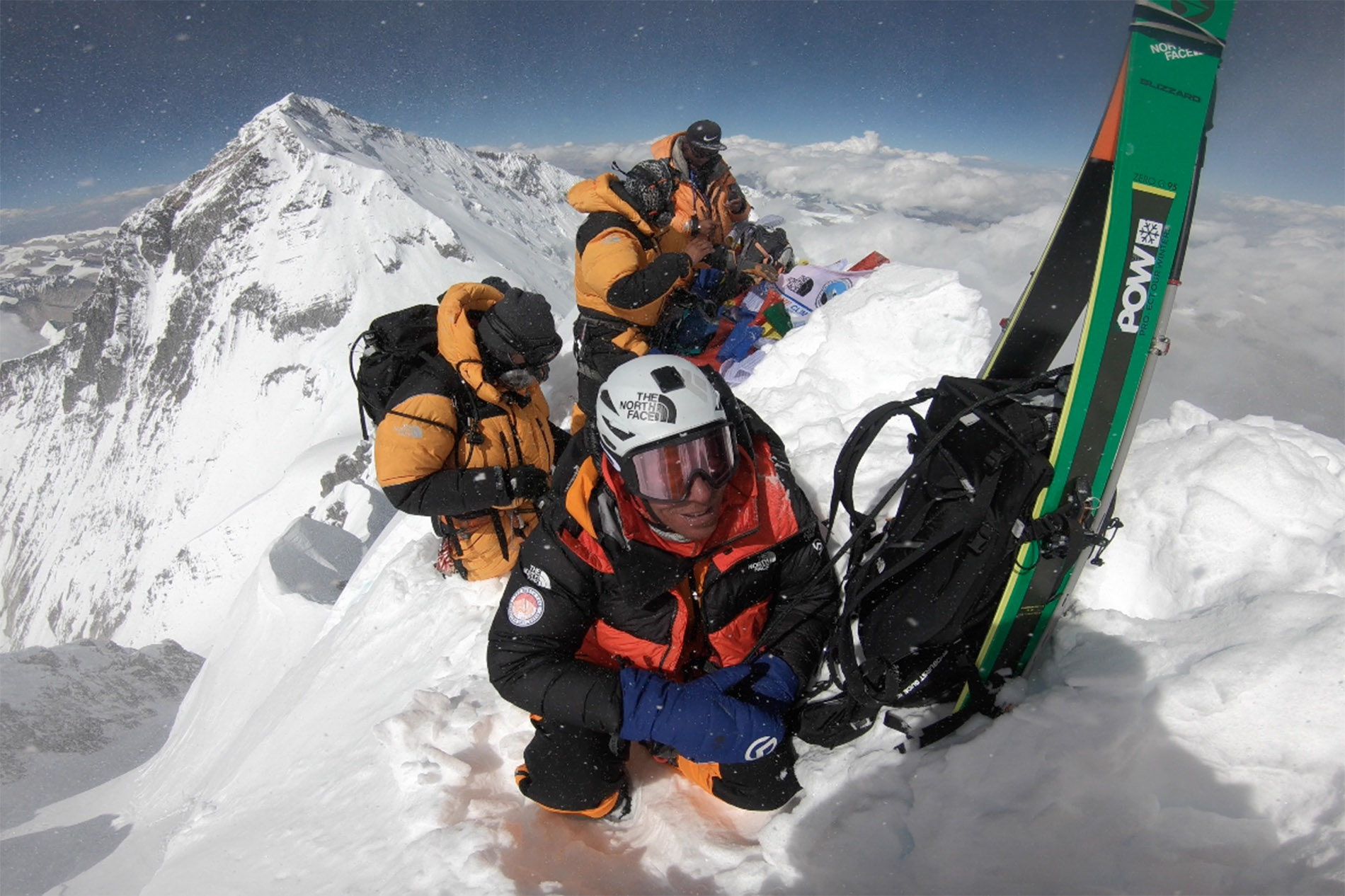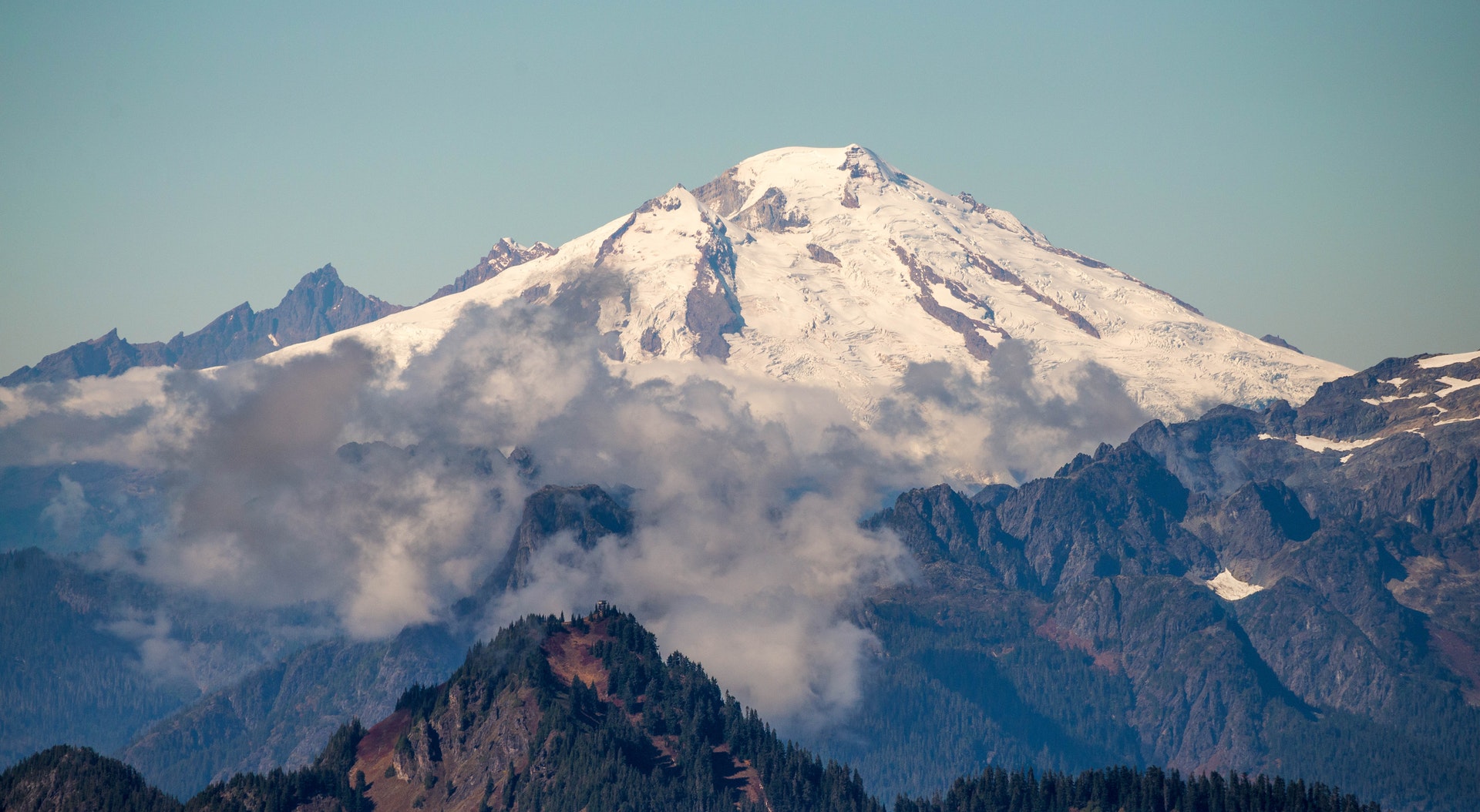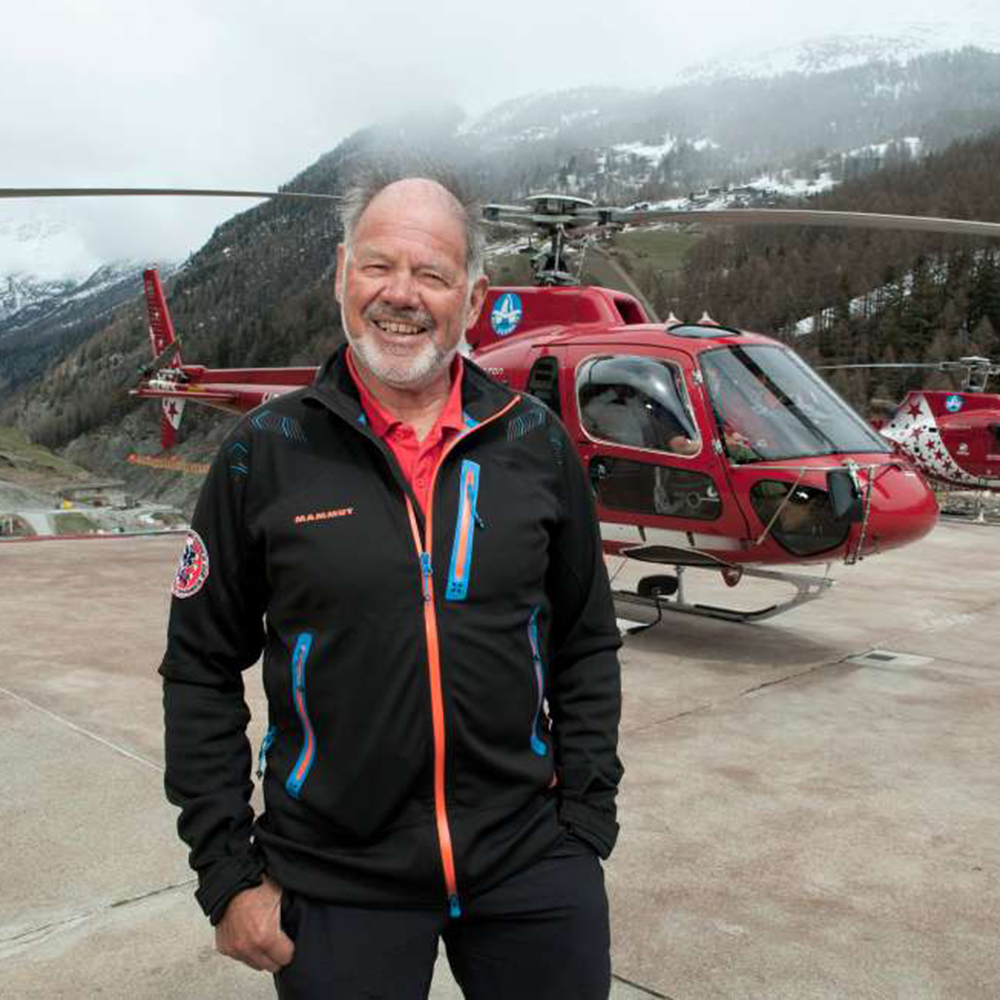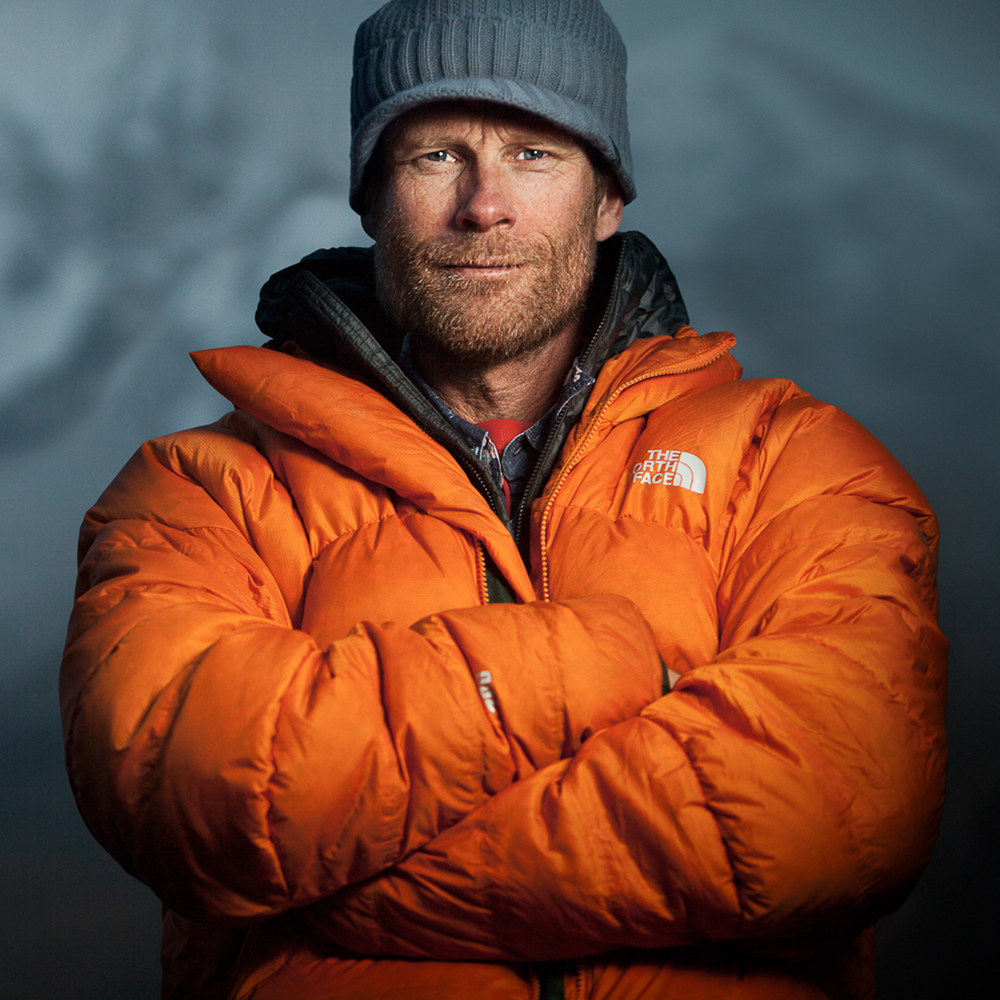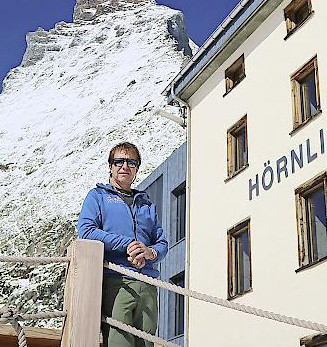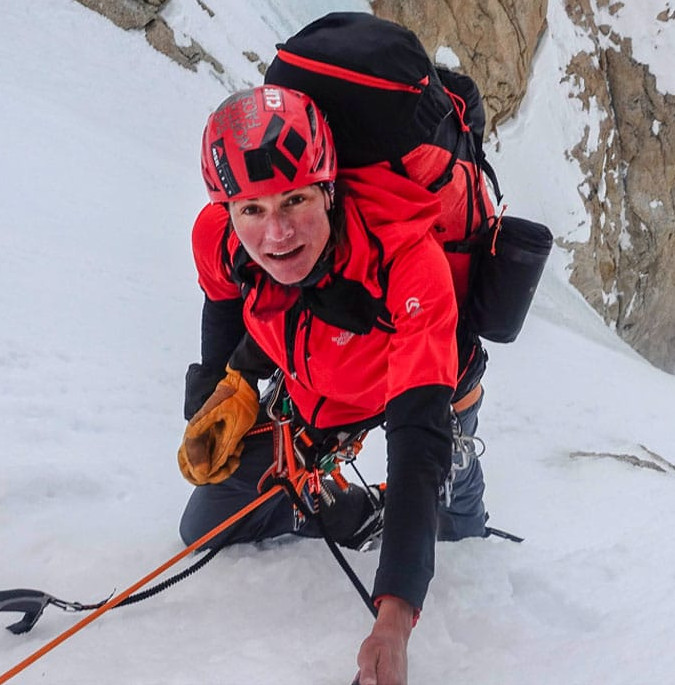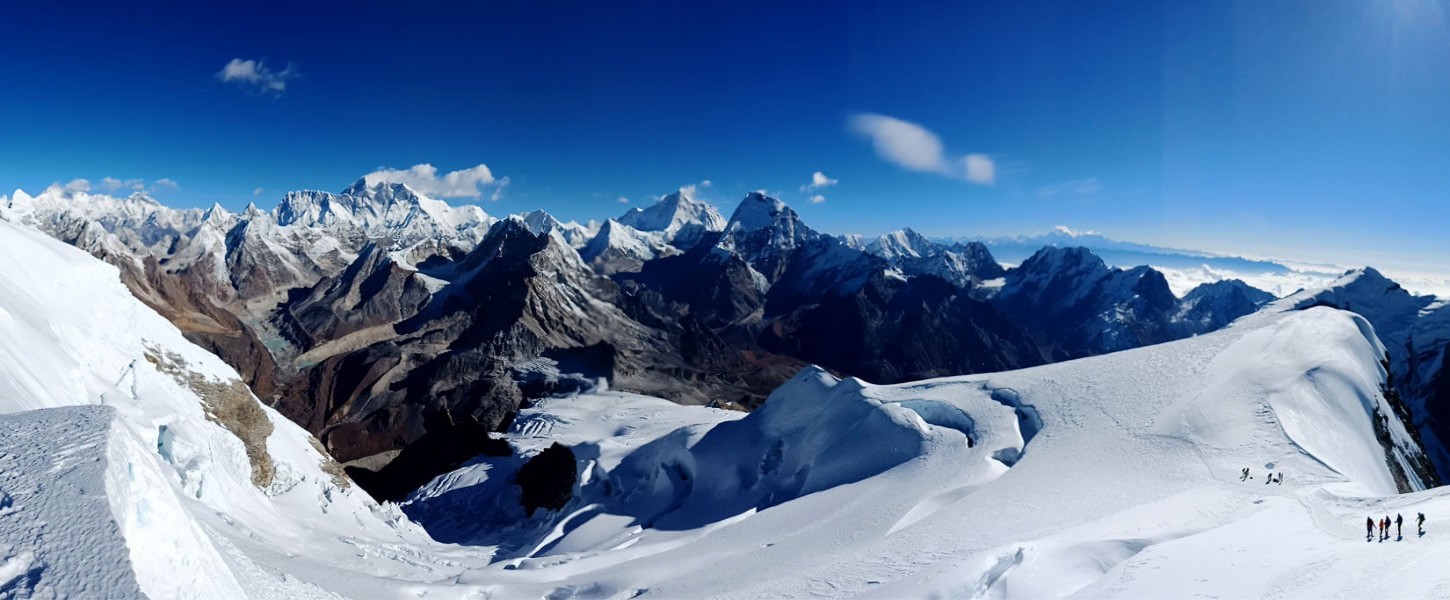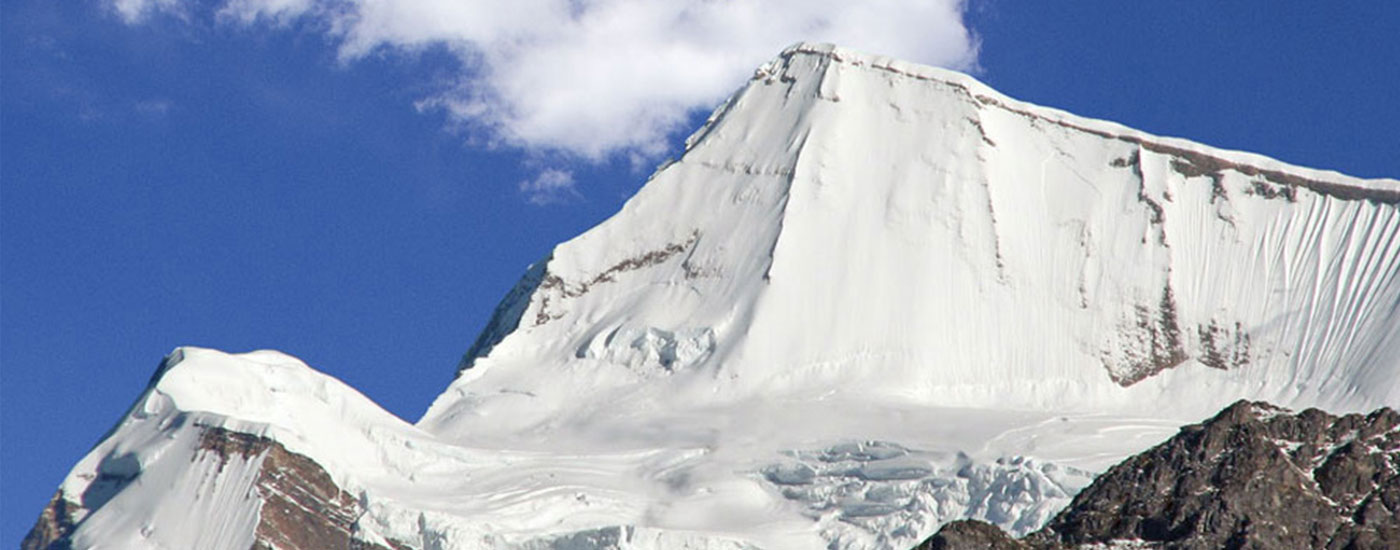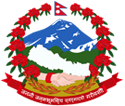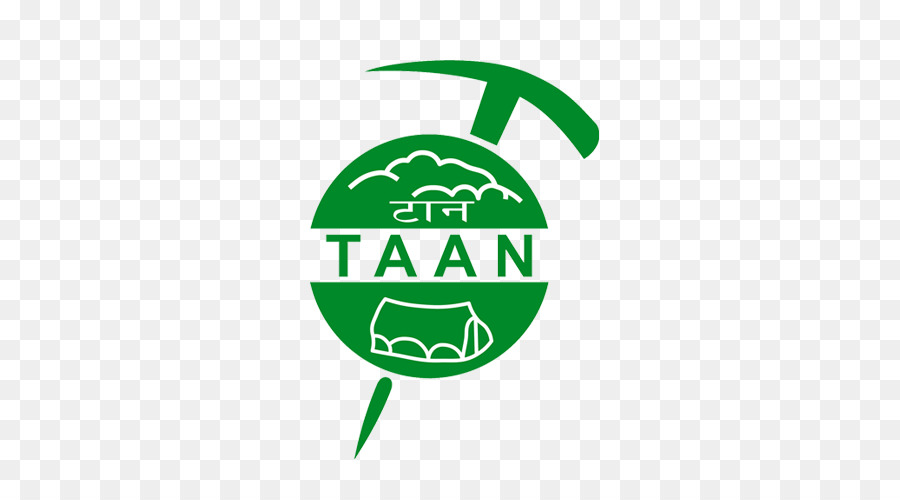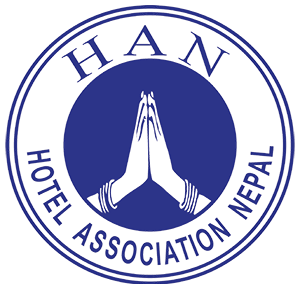Mt. Lhotse or “South Peak” in Tibetan. The fourth highest mountain in the world at 8,516 metres, after Mount Everest, K2, and Kangchenjunga. Part of the Everest massif. situated at the border of Tibet and Nepal. Its long east-west crest is located immediately south of Mount Everest, and the South Col, a vertical ridge that never drops below 8,000m, connects the summits of the two mountains. The Lhotse South Face is also known as one of the largest mountain faces in the world.
Lhotse has 3 summits, main summit at 8,516m, Lhotse Middle (East) at 8,414m and Lhotse Shar at 8,383m. Lhotse is best known for its proximity to Mt. Everest and the fact that climbers ascending the standard route on that peak spend some time on its northwest face. It is the smallest prominence, only 610m, of all 8000m peaks. Lhotse is famous for its tremendous and dramatic south face which rises 3.2km within 2.25km horizontal distance making it the steepest face of this size in the world. The route progresses through Khumbu icefall. Moving further, we will reach Camp I (exists at the top of the Khumbu icefall) surrounded with crevasses. From Camp I, we will pass through lateral moraine to west ridge that welcome us with a close-up view of Lhotse which is the perfect place for Camp II. Leaving Camp II, we will reach near to Lhotse wall by crossing glacier and ice cliffs where we will set Camp III. Camp IV is located near South Col. From Camp IV, we will proceed through steep rock sections to the summit. The climbing route for the Lhotse follows the same route as the climb on Everest, including the aptly named Lhotse face almost all the way till Everest's Geneva Spur from where it follows a steep climb through a long couloir to the summit. It is an extremely difficult climb and rarely attempted.
NOTE: Record set by Xtreme Climbers.
-
Xtreme Climbers is the first company to organize the very first 100% successful First Ski Climbing Lhotse Expedition which was in 2018 Autumn without 0% problems.
-
We are probably the first company to make a 100% successful Climbing Skiing record above 8500m.
-
First 100% successful Ski Lhotse Duo record set by Hilaree Nelson (Captain of The North-Face) and Jim Morrison USA on 30.September.2018 Autumn.
-
The first summit on Mt. Lhotse 8516m after 1991 during Autumn season.
-
During The First Ski Lhotse expedition one of our Climbing Sherpa ( Ila Nuru Sherpa ) became the first youngest climber to scale Mt. Lhotse 8516m at the age of 21.
Lhotse South Col Route Camps:
Khumbu Icefall: The most difficult part of the climbing Lhotse. It is a steep glacier with obvious implication of large crevasses and treacherous unstable seracs making navigation complicated and riddled with high objective danger of falling ice. The route is not that technically challenging and is essentially a strenuous trekking route with a little objective danger once past the Khumbu icefall. There is an obvious danger of high altitude sickness complications and changeable, unpredictable mountain weather. The beginning of the climbing period, Icefall Doctors and Xtreme Climbers Climbing Sherpas Guides set the route through the icefall installing ladders across crevasses and along vertical serac ice walls for efficient and easy climbing. These arrangements make climbing of the Khumbu icefall possible, efficient and relatively safe especially early morning before sunrise, when the ice structure is well frozen. Khumbu icefall is very dangerous in the afternoon due to its western aspect.
Base Camp: (5,200m/17,060ft.) Located on a moving glacier at 5,200 meters above sea level surrounded by Pumori, Lola and Nuptse where you will spend up to 40-45 days. Conditions in base camp will remain consistent during the climbing period and will consist of shifting and moving tents and platforms as the ice moves and melts.
Camp 1: (5900m/19,357ft.)Technical and the most difficult section of a south side climb since it crosses the Khumbu Icefall. During the climbing period we attempt to spend only 2 nights at Camp 1 for acclimation.The Icefall is 2,000 feet of moving ice with deep crevasses, towering ice seracs and avalanches off Everest west shoulder. Our plan calls for us to move up and down directly from camp 2 for safety once you have proper acclimation.
Camp 2: (6400m/20,998 ft.) Camp 2, Located in a lateral moraine at the bottom of West ridge Safe and sheltered with tremendous views of Lhotse. This is the station we will spend most time after base camp. All the companies set-up their main climbing camp for the duration of the climbing period here with tents for individual climbers along with required necessary kitchen and dining tents. Camp 2 is the main acclimatization camp and the base for camp 3 acclimatization climbing and the final summit attempt.
Camp III: (7100m/23,294 ft.) The effects of high altitude and are not yet using supplemental oxygen almost all climbers are feeling difficult climbing the Lhotse Face to camp 3. Lhotse Face is steep and the hard Ice, but the route is fixed with rope and the angles can range from 35 to 45 degrees. It is a long climbing distance to camp 3 which required for acclimatization prior to a summit bid. You will spend 2 nights at camp III for acclimatization and the summit push.
Camp IV: (79000m/25,918ft.) Camp 4 is the last camp, it is easily accessible by a majority of climbers without supplementary oxygen. A flat area covered with loose rock and surrounded by Lhotse in the South. There are two rock sections to navigate before camp 4, The rocky sections called “The Yellow Band” a layer of marble, phyllite and semi schist rock and the “Geneva Spur”, an anvil shaped rib of black rock. Both of these areas are set-up with fixed ropes.
Summit: (8516m/27, 940ft.) The climbing Sherpa guide will set fixed ropes up the wall of ice. The last section of the climb from camp 3 to camp 4 takes 12-15 hours to navigate. There the Lhotse face raises at 40-45 degrees with the occasional 80 degree bulge. Climbers (Sherpa Climbing Guide/Foreigners) Both need to establish a good rhythm of foot placement and pulling themselves up the ropes using their Jumars. Two rocky sections called “The Yellow Band” and “The Geneva Spur” interrupt the icy ascent on the upper part of the face, before reaching the central summit. The route to the true summit is a moderate snow slope and while tired, adrenaline keeps most climbers moving at this point.
